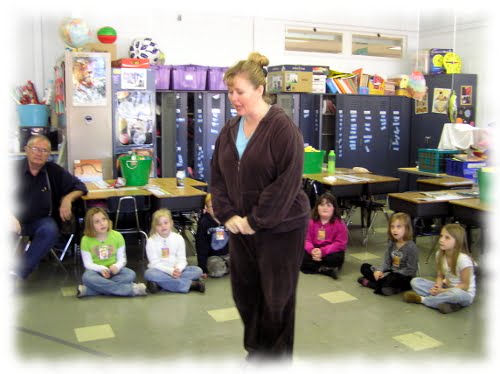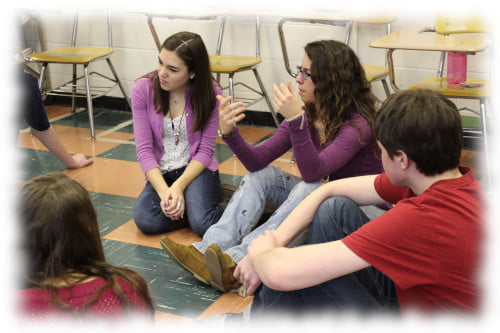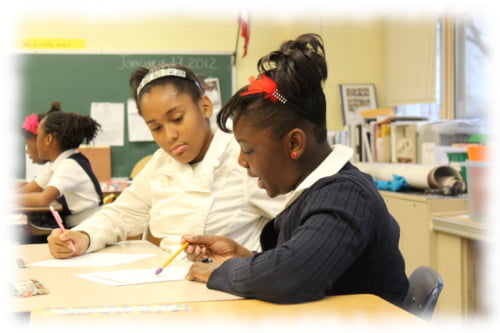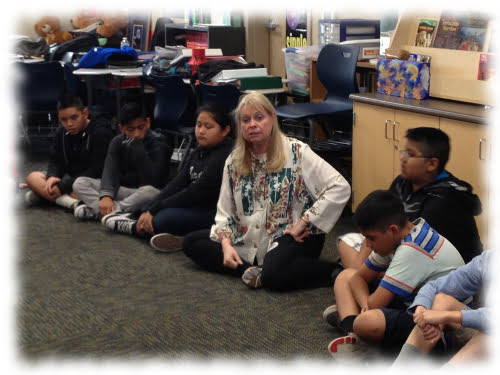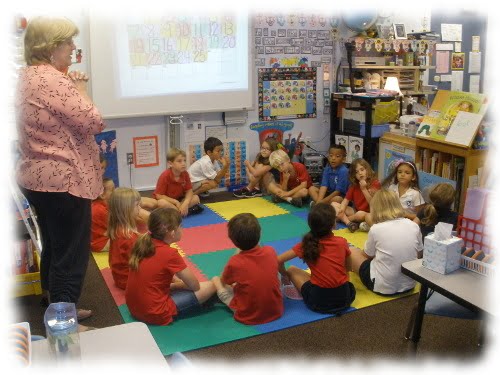Let’s continue the conversation about Classroom Management in Drama. Teachers have posed many questions to us concerning management techniques. I will answer this and then request other ideas from this newsletter community and on our blog. The questions are stated exactly as they have been presented to me. I will do my best to interpret the questions and provide an answer from my background. Just send us your ideas and thoughts and we will get the conversation started. None of us are as smart as all of us, so jump in there and share what you know relating to each question presented.
Here is our next question and it affects everyone in drama teaching practice:
"How do I make sure, in group work, that one child is not doing the bulk of the idea creation?"
I have a variety of techniques for this.
First, I teach brainstorming techniques. I explain that brainstorming is a way to collect ideas without anyone on the team saying “no” to any idea. I model the practice and make sure I guide this closely the first time students apply it in groups or partners. During the brainstorming process, the student leaders* can be the ones responsible for collecting the ideas and making sure that everyone has put in at least one idea. I then make it a “rule” that the team cannot move on to the next step of the process until everyone has given an idea of some type to add to the group’s thinking. Each member of the team should be prepared to tell me what their idea was if I ask them (usually privately, in a journal, or on an exit ticket).
My next step in teaching the idea creation process is to discuss how brainstorming ideas can be combined or how parts of ideas can be used or modified to fit into the final creation. I then ask that some idea from everyone be used in the final plan. Again, each person’s contribution is shared with me upon request. One time with third graders, I had a team tell me that one person would not give an idea because she didn’t want to talk. I gave the young lady a piece of paper and a pencil and suggested she could write her idea or draw her idea for the group. She ended up sharing her idea verbally and everyone was surprised and pleased.
In another strategy with younger students, let’s say with partners, I have them sit next to each other in a final reflection circle. Suppose the focus of the lesson was coming up with a setting and two characters and acting out an event that might happen between those two characters in that setting. Once in the reflection/sharing circle, I give a direction like: the first person must tell me what characters were decided and who came up with the idea for the characters and the second person on the team must tell me the setting and who came up with the idea for the setting. This all might precede or follow the team performing their event in the center of the circle.
Second, besides the brainstorming idea creation outlined above, I also make it a practice to ask the following reflection questions on a regular basis:
Raise your hand if you had an idea that your team used in the drama today?
Raise your hand if you had an idea for the drama today that the team did not use?
Following the second question, I congratulate the team and the person explaining that having ideas that weren’t used means they were working as artists – taking some ideas and letting others go. This indicates to me that they were generating many ideas and not just taking the first idea or only idea that was generated.
Third, I also use Professional Learning Community group procedures. We use team protocols for the group and have everyone practice them. Students learn to say “ouch” and “oops” when someone has said something that hurts them. They learn to be attentive to the group at all times during their assigned work time with that group, they learn about letting two other people speak before they speak again, and being careful of the amount of time they speak. They learn about and how to give “gentle reminders” so that everyone in the group can assist in the leadership process.
Lastly, all of this begs the idea of underlying instruction. This means instruction in how to brainstorm, how to combine ideas (creativity), how to be sympathetic and appropriately respond to the ideas that are not going to be used, how to try out different ideas before selecting one, and how to use agreement protocols is essential to the instructional process. All of this needs to be taught thoughtfully, overtly, and consistently. These practices can be embedded into the daily instructional process – and used in many areas of the academic day.
These are the strategies I use. Give them a try and send feedback on how they worked.
by Karen Erickson
*I have found that the students most likely to take over the creating work are the natural leaders, who are afraid the assignment won’t be completed if they don’t “take over.” They actually think they are helping. The more we can channel that energy into actual practices that DO help, the better leaders they will be for your class and in the future as adults.

